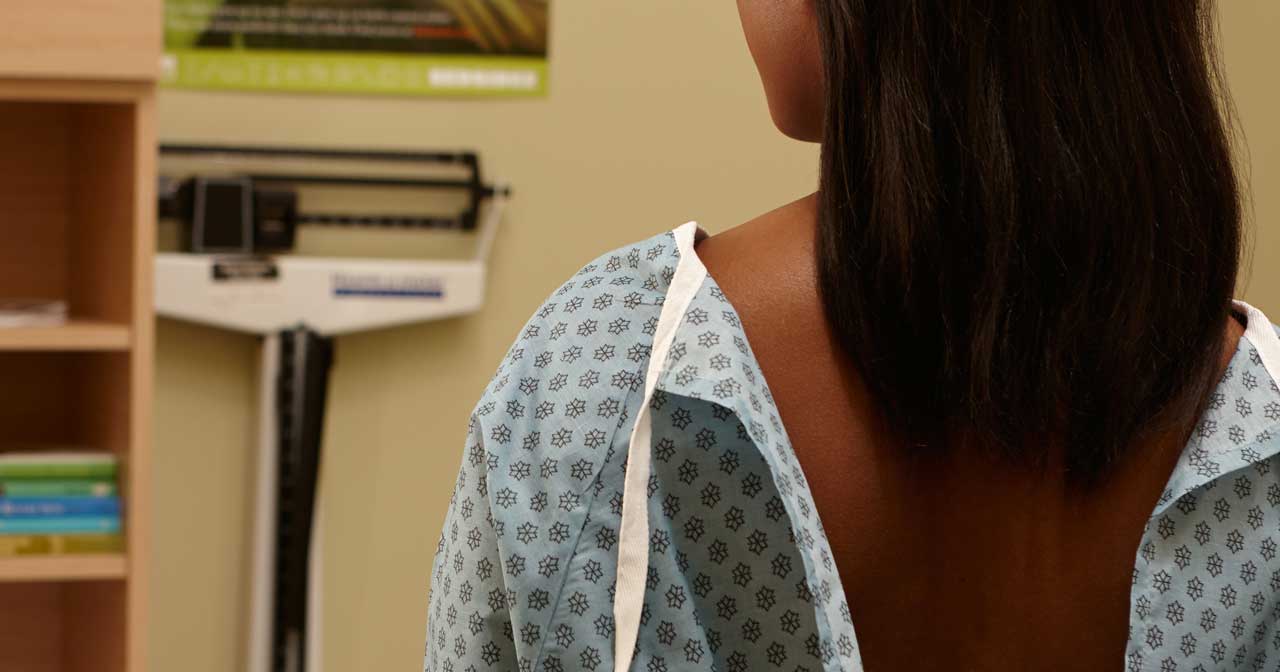Skip the pelvic, please!
What to expect when it’s time to visit your lady doctor. (It may just be a conversation.)

Going to see a health care provider can be intimidating, especially if you don’t know what to expect. But there’s good news: the visit may be as simple as talking to your provider. You may not need to have a pelvic exam or Pap smear depending on the reason for your visit.
If all you want is birth control and you’re up to date on your health checks, you may be able to breeze right through. For most kinds of birth control—the pill, patch, ring, shot, and implant—you may only need to fill out a medical history form, have a blood pressure check, and talk to your provider before getting started.
When should I start going to the gynecologist or health clinic? It’s ideal to start visiting a health care provider on your own before you start having sex. If you don’t have any health problems, these visits just involve talking with your provider. All women should start getting Pap smears and pelvic exams beginning at age 21.
To demystify the whole process, let’s go over the types of tests sometimes included in women’s health exams and when they are usually given:
The Pap Smear
This test uses a mascara brush-like tool to collect a few cells from the cervix (the opening of the uterus). The cells are brushed on a microscope slide and examined for any abnormalities that could be early signs of cervical cancer. To access the cervix, your health care provider will insert a speculum in order to hold back the sides of the vagina. You will feel pressure, but it shouldn’t be painful. (Tell your provider if it’s it so she can make adjustments.)
When do I need a Pap? All women should start getting Pap smears at age 21. From ages 21 to 30, women should have a Pap smear every three years. Women ages 30 and over may be able to get screened even less frequently—every five years. Women with certain risk factors may need to have more frequent Pap smears, so talk to your provider.
The Bimanual Pelvic Exam
A bimanual exam is used to check the reproductive organs—the uterus, fallopian tubes and ovaries—for any swelling or tenderness. To do this exam, the health care provider puts two fingers just inside the vagina and uses the other hand to press on the outside of the belly. If you don’t want a bimanual exam, it’s fine to opt out. Just tell your provider you’d prefer to skip it.
When do I need a bimanual exam? A bimanual exam is usually part of the process when you get a Pap smear. You may also have a bimanual exam if you are having any problems, such as pain in your lower belly, unusual bleeding or a strange discharge. Swelling or tenderness can be sign of an infection.
Sexually Transmitted Infection (STI) Tests
If you have sex, it’s a good idea to get tested for STIs like gonorrhea, Chlamydia, and HIV. The test for gonorrhea and Chlamydia is really simple; all you have to do is pee in a cup. (Another way to test for these STIs is to collect sample using a cotton swab on the cervix, similar to a Pap test.) The test for HIV involves pricking a finger for a few drops of blood. You can be tested for HIV anonymously. You may want to be tested for other STIs depending on your symptoms; talk to your provider about whether other tests are a good idea.
When do I need STI tests? Men and women should get tested for STIs on a regular basis. It’s definitely a good idea to get tested before you start sleeping with someone new—ask your new partner to get tested, too. Your provider may also recommend an STI test if you have unusual symptoms, like lower belly pain or unpleasant discharge.
While there are lots of good reasons to get regular Pap smears, pelvic exams, and STI tests, getting birth control may not be one of them. If you think you may be getting a test you don’t need, ask about it! Your provider should be able to explain the reason he or she thinks it’s necessary, or come up with an alternate plan.
How do you feel about this article?

Heat up your weekends with our best sex tips and so much more.